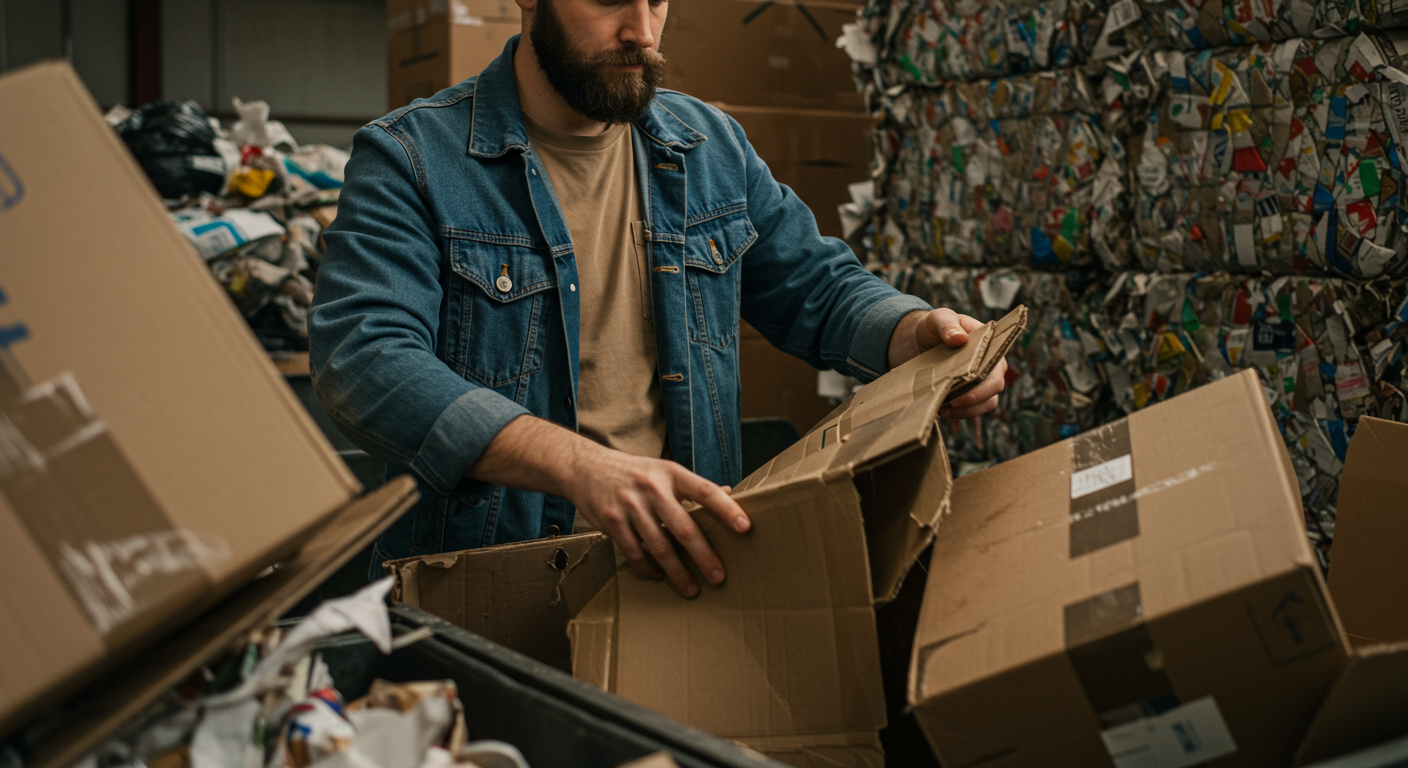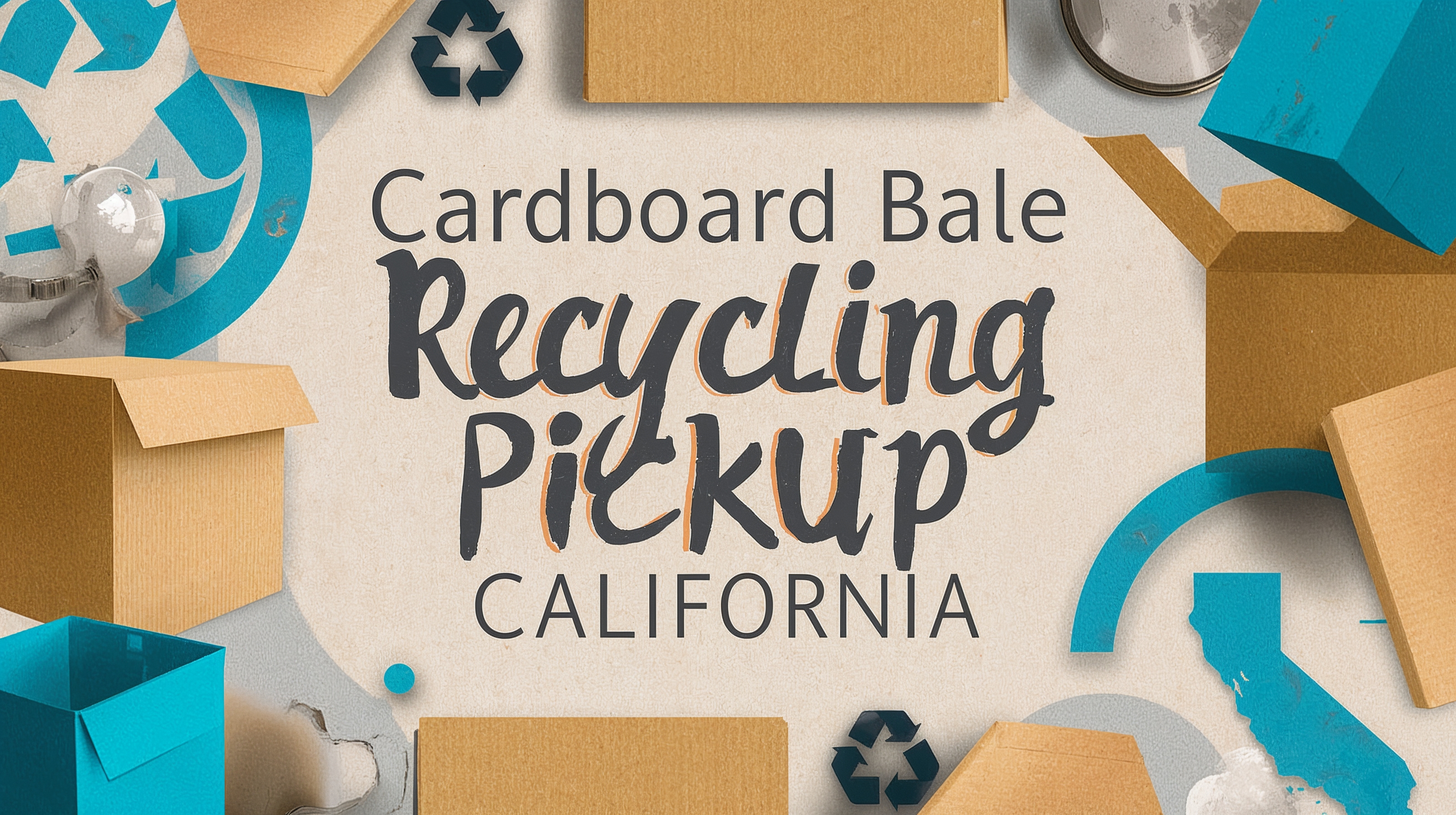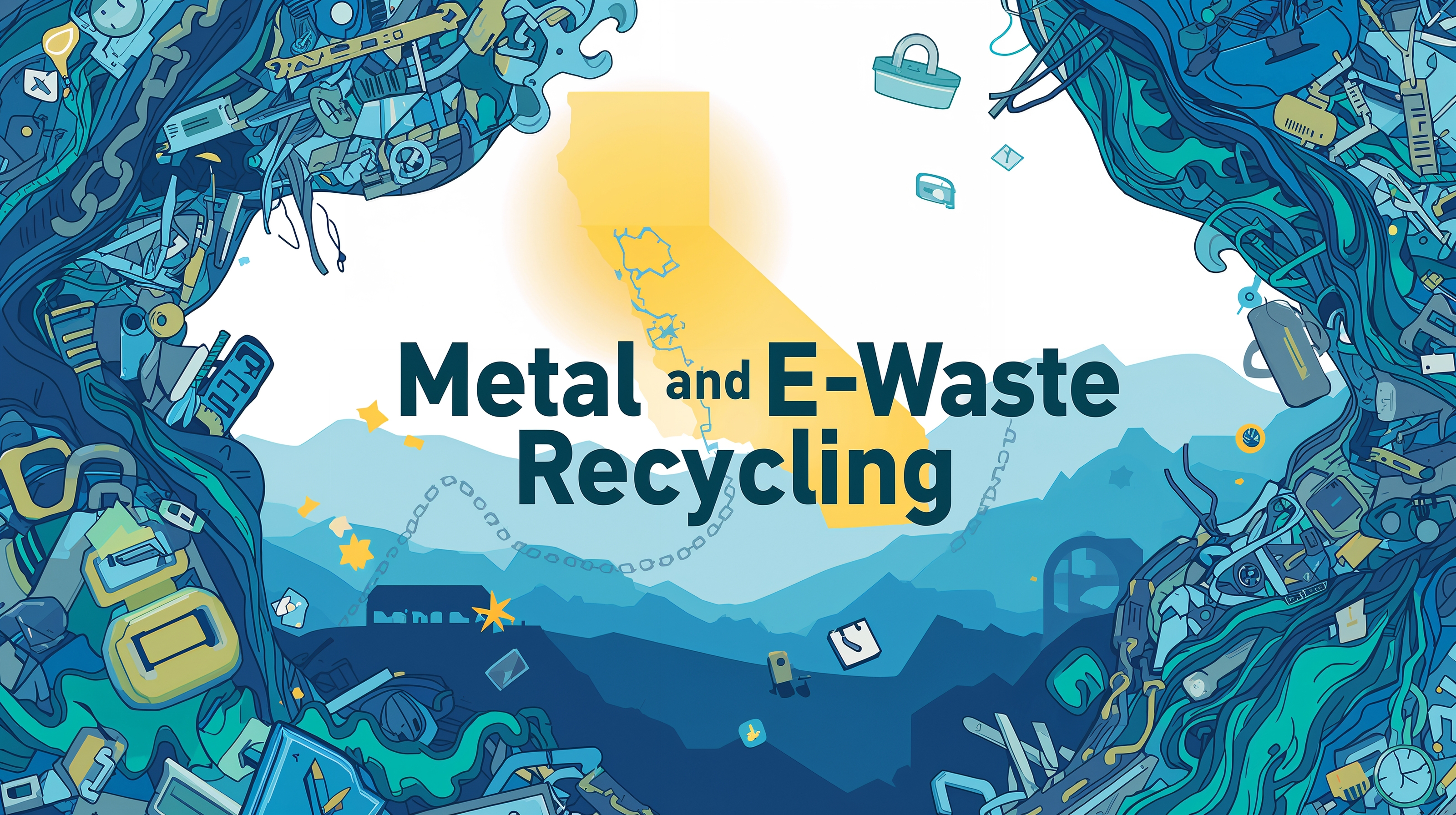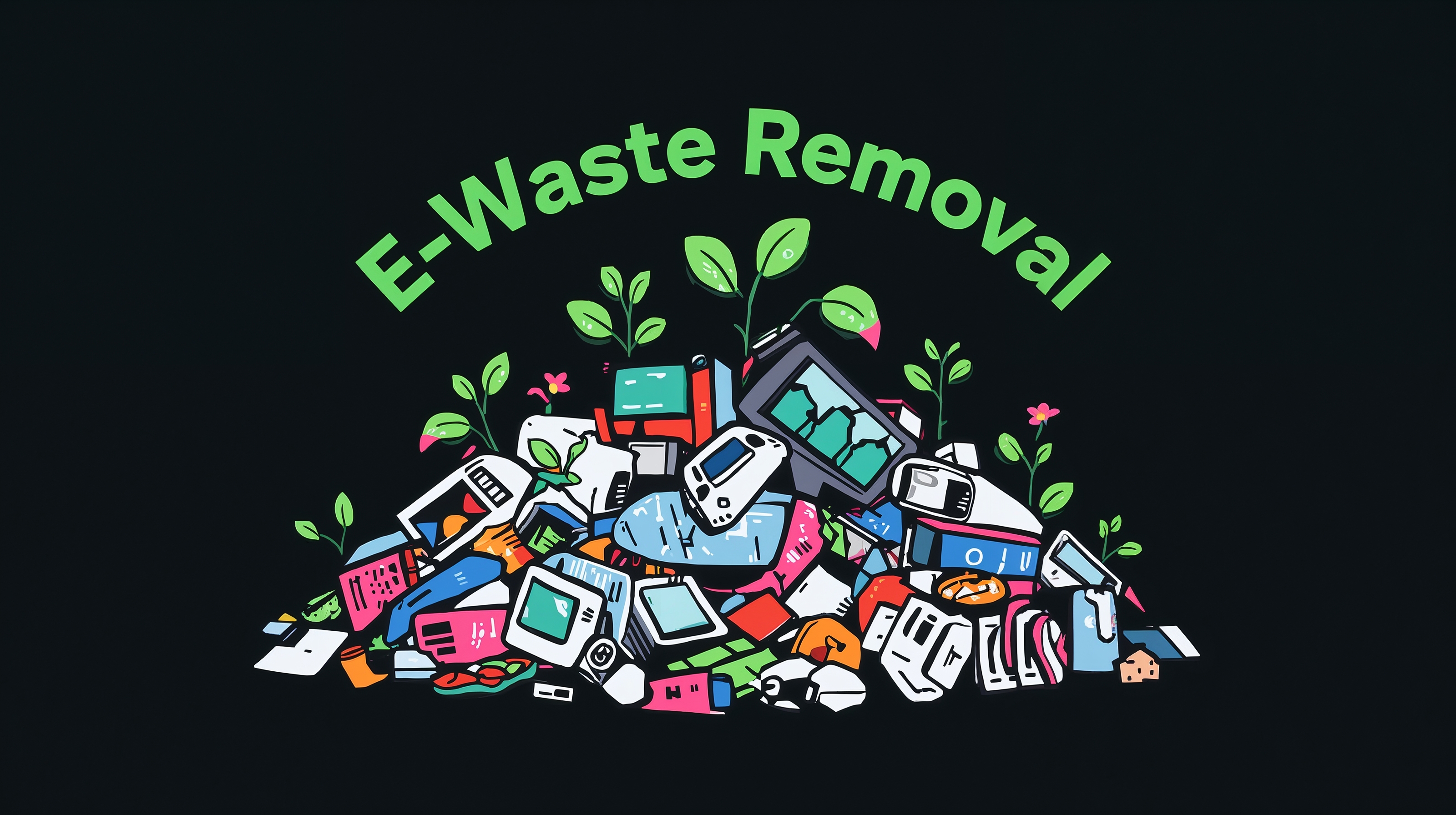Here’s a question California warehouse managers ask every day: Can you actually get paid for cardboard bale recycling in California?
The answer depends on three things. Your volume. Your contamination levels. And whether you understand the difference between OCC-11 grade material and mixed cardboard waste.
California businesses generating consistent cardboard waste now face stricter rules under SB 1383. Since January 2022, the law requires all businesses to separate recyclables—including cardboard—from regular trash.[1] That's not optional anymore. Facilities that don't comply can face citations starting in 2024.[2]
But here’s the opportunity: those same regulations created a thriving market for cardboard bale recycling California programs. Some businesses earn actual revenue. Others get free pickup that saves disposal costs. The key is knowing which program fits your operation.
What SB 1383 Means for Your Cardboard
California's not playing around with waste reduction. The state aims to cut organic waste disposal by 75% by 2025.[3] Cardboard falls under that umbrella.
Every business must now:
Separate cardboard from trash
Use properly labeled blue bins
Maintain service records
Work with licensed recyclers
Skip these steps? You’re looking at fines. But follow them correctly, and you open doors to cardboard bale recycling California revenue programs you might not know exist.
Understanding OCC Bale Quality (The Part That Determines Payment)
Not all cardboard bales are equal. Processors evaluate yours using industry standards. The baseline is OCC-11—that's your standard commercial grade.
Contamination: The Make-or-Break Factor
Industry standards are specific here. Prohibitive materials can't exceed 1% of your bale weight.[4] What's prohibitive? Plastics, metals, and anything that's not corrugated cardboard.
Total contaminants—including things like food residue and heavily soiled boxes—must stay under 5%.[4] Cross that threshold, and processors will either reject your bales or knock 10-30% off the payment.[5]
Think about what this means practically. One contaminated pallet wrap left in your bales could disqualify a whole month's worth of material from paid programs.
Bale Size and Weight Matter
Mill-size bales weigh between 880 and 1,500 pounds.[6] Dimensions typically run 47" × 39" × 31". These specs aren't arbitrary. They're designed around logistics.
A standard 53-foot trailer holds 22-28 bales at proper weight.[7] Smaller bales? Processors have to break them open and rebale them. That costs money, which comes out of what they'll pay you.
The Three Program Tiers (And Which One You Qualify For)
Tier 1: Revenue-Sharing Programs
Can you produce 10+ tons of clean cardboard monthly? You might qualify for payment.
Current cardboard bale recycling California rates range from $40 to $95 per ton.[8] Location matters—urban areas near paper mills typically pay more. A facility in Sacramento might get $95 per ton while one in a rural area sees $40.
To maximize payouts:
Keep contamination under 2%
Produce consistent mill-size bales
Use proper baling wire
Document weight and quality
One Central Valley operation we studied (typical example, not a specific client) reduced contamination from 8% to under 2%. Their cardboard went from costing money to generating $47,000 annually. Same material. Just better quality control.
Tier 2: Free Pickup Programs
Most businesses land here. You're generating 2-10 tons monthly, or your contamination runs slightly higher than paid programs allow.
Free pickup makes sense when:
Your volumes don't justify premium controls
You handle mixed cardboard types
Your priority is compliance over revenue
You include wax-coated boxes in your stream
You're still saving money. The alternative is paying waste haulers by the ton.
Tier 3: Hybrid Arrangements
Some recyclers offer split programs. Premium bales get paid. Secondary material gets picked up free. This works well for warehouses with both clean shipping boxes and operational waste.
Pickup Schedules That Work With Your Operation

High-volume facilities typically go weekly. That prevents bale accumulation and maintains fire code compliance.
Smaller retailers? Monthly pickups work fine. Add on-call service for holiday rushes or inventory liquidations.
The key is communicating schedule changes in advance. Last-minute calls can trigger extra fees that eat into your cardboard bale recycling California program benefits.
Real Numbers: What California Businesses Actually See
A Sacramento-area 3PL warehouse (typical example) cut waste hauling 40% after implementing structured baling. They segregated clean shipping boxes from operational waste. Result? 85% of cardboard qualified for revenue-sharing. The rest got free pickup.
Another case: a 23-location grocery chain standardized preparation across all stores. They trained staff, installed signage, and conducted weekly audits. Contamination dropped to under 2%. That unlocked statewide contract pricing that added up.
These aren’t guarantees—they’re illustrations of what’s possible with proper systems and a trusted cardboard bale recycling California partner.
Equipment: Balers and Container Programs
Your baling equipment directly impacts program eligibility.
Vertical balers produce 400-800 pound bales. They work for smaller operations. But they won't qualify you for top-tier pricing. The bales are too light.
Horizontal balers create proper mill-size bales over 1,000 pounds. That opens access to revenue programs. The tradeoff? Higher upfront cost and more floor space.
Some recyclers provide containers or trailers for bale storage. These arrangements require minimum volume commitments. Usually weekly or bi-weekly pickups.
How to Actually Meet SB 1383 Requirements
California businesses must maintain service records.[9] That means:
Weight tickets from every pickup
Contamination reports
Service frequency documentation
Container labeling compliance
Your recycling partner should provide all this. If they don't, you're exposed to compliance violations.
Blue bins are mandatory for cardboard under California's color system.[10] Proper signage isn't optional—it's required by law.
Three Questions That Determine Your Program Tier
Volume consistency: Can you produce at least 2-4 bales monthly?
Quality control: Will you implement contamination controls under 2%?
Geographic access: Are you in a region with economical pickup?
Answer yes to all three? Request a volume assessment. Most California processors offer free on-site evaluations.
Common Mistakes That Kill Program Eligibility
Mixing wax-coated boxes. These require special handling. Many processors classify them as contamination. Keep them separate.
Ignoring tape and staples. Small amounts (under 2% by weight) are fine.[11] But excessive metal contamination will get your bales rejected.
Inconsistent bale production. Processors prefer reliable volume. Sporadic output makes you a lower-priority pickup.
Poor wire securing. Loose bales break apart during transport. That's contamination waiting to happen.
The Compliance Timeline (What's Actually Enforced Now)

SB 1383 took effect January 2022. Enforcement ramped up through 2023. By 2024, jurisdictions began issuing violations for non-compliance.[2]
What does that mean practically? If you're not separating cardboard and maintaining records, you're already in violation. The question isn't if you'll get cited—it's when.
Working with a commercial recycler provides documentation that proves compliance. That's your protection during audits.
Next Steps: Getting Your Assessment
Most California businesses fall into one of these categories:
High-volume operations (10+ tons monthly) should pursue revenue-sharing immediately. The economics are too strong to ignore.
Medium-volume facilities (2-10 tons) benefit most from free pickup programs that eliminate disposal costs.
Small generators (under 2 tons) might need shared programs or periodic pickup arrangements.
Start with a volume assessment. Bring three months of waste hauling records. A good cardboard bale recycling California company will evaluate your cardboard stream, review your current setup, and recommend the optimal program structure.
The assessment covers:
Current contamination levels
Baling equipment evaluation
Volume projections
Program tier recommendations
Pickup scheduling options
Most assessments take 20-40 minutes on-site. No cost. No obligation.
Frequently Asked Questions
Do California recyclers actually pay for cardboard bales?
Yes, but only if you meet quality standards. Businesses producing 10+ tons monthly of clean OCC bales with contamination under 2% typically qualify for revenue-sharing programs. Current California rates range from $40-$95 per ton depending on location and quality. Urban areas near paper mills pay more. Rural areas pay less. If your contamination runs higher or volumes are lower, you'll likely qualify for free pickup instead—which still saves money compared to paying waste haulers.
What contamination levels disqualify my bales from payment?
Prohibitive materials (plastics, metals, non-cardboard items) must stay below 1% of bale weight. Total contaminants including food residue and soiled cardboard must remain under 5%. Exceed these thresholds and you face 10-30% price deductions or outright rejection. To qualify for top-tier revenue programs, aim for under 2% contamination. Train your team to spot common contaminants: pallet wrap, strapping, metal banding, and wax-coated produce boxes.
How often can I schedule cardboard bale pickups in California?
Most recyclers offer weekly, bi-weekly, monthly, or on-call pickups. High-volume retailers and warehouses typically choose weekly service to prevent bale accumulation and maintain fire safety compliance. Smaller operations often prefer monthly scheduled pickups with on-call options for busy seasons. Your schedule should match your bale production rate. Notify your recycler in advance of schedule changes to avoid extra fees.
Can I recycle wax-coated cardboard boxes with regular OCC bales?
No, keep them separate. Wax-coated cardboard from produce boxes requires specialized processing. Most standard OCC programs classify it as contamination. Some facilities with specialized pulping equipment accept wax-coated fiber, but they're the exception. Mixed bales containing wax-coated material typically get rejected or receive significant price deductions. Ask your recycler specifically about their wax-coated cardboard policy before including any in your bales.
What baler size do I need for commercial cardboard recycling?
It depends on your monthly volume. Vertical balers work for operations producing 2-10 tons monthly. They create 400-800 pound bales suitable for free pickup programs. For 10+ tons monthly where you want revenue-sharing, invest in horizontal balers. These produce mill-size bales over 1,000 pounds that qualify for premium pricing. Horizontal balers cost more upfront and need more floor space, but they pay off through better program access.
What documentation does California require for SB 1383 cardboard compliance?
You must maintain service records proving cardboard diversion. This includes weight tickets from every pickup, service frequency documentation, and properly labeled container evidence. Your recycling partner should provide weight tickets and pickup documentation automatically. Keep these records for at least three years. During compliance audits, this documentation proves you're meeting SB 1383 requirements and helps you avoid citations.
How do I know if my facility qualifies for paid cardboard programs?
Three factors determine eligibility: volume consistency (can you produce 2-4+ bales monthly?), quality control (will you maintain contamination under 2%?), and geographic location (are you near paper mills or processors?). The best approach is requesting a free volume assessment. Bring three months of waste records to the evaluation. A qualified recycler will examine your cardboard stream, review your baling setup, check contamination levels, and recommend your optimal program tier—whether that's revenue-sharing, free pickup, or hybrid arrangements.
What happens if my cardboard bales get rejected?
Rejected bales typically cost $50-$150 per ton to redirect to landfills or reprocessing facilities. Repeated rejections can terminate your program participation or downgrade you from paid to free-pickup tiers. Prevent rejections by implementing contamination monitoring, training employees on proper sorting, conducting periodic self-audits, and documenting quality control procedures. Most recyclers offer initial assessments to help establish proper protocols before problems arise. Ask about their rejection rates and quality requirements upfront.
Works Cited
[1] CalRecycle — "California's Short-Lived Climate Pollutant Reduction Strategy." https://calrecycle.ca.gov/organics/slcp/. Published: 2022. Accessed: 2025-10-25.
[2] RecycleMore — "Mandatory Residential Organics Waste and Recycling Law (SB 1383)." https://recyclemore.com/residents/organics-and-recycling-sb-1383/. Published: 2024-11-21. Accessed: 2025-10-25.
[3] Union City — "Senate Bill (SB) 1383 - Organics Reduction & Recycling Law." https://www.unioncity.org/618/Senate-Bill-SB-1383---Organics-Reduction. Accessed: 2025-10-25.
[4] Ocean Ridge Group — "The Standards and Sustainable Reuse of Old Corrugated Cardboard (OCC)." https://www.ocridge.com/old-corrugated-cardboard/. Published: 2024-01-10. Accessed: 2025-10-25.
[5] Forest Way — "Cardboard Bale Value: Analysis and Market Overview." https://forestway.org/cardboard-bale-value-analysis-and-market-overview/. Published: 2025-08-07. Accessed: 2025-10-25.
[6] Used Box Recycling — "How to Prep OCC Bales for Recycling Pickups." https://usedboxrecycling.com/how-to-prep-occ-bales-for-recycling-pickups/. Published: 2025-06-26. Accessed: 2025-10-25.
[7] Repackify — "Cardboard Bales Specifications | OCC Grades & Loading." https://www.repackify.com/knowledge-base/cardboard-bales. Accessed: 2025-10-25.
[8] Forest Way — "Cardboard Bale Value: Analysis and Market Overview." https://forestway.org/cardboard-bale-value-analysis-and-market-overview/. Published: 2025-08-07. Accessed: 2025-10-25.
[9] Santa Clara County — "Understand Senate Bill (SB) 1383." https://reducewaste.sccgov.org/food-recovery/understand-senate-bill-sb-1383. Accessed: 2025-10-25.
[10] City of Davis — "SB 1383: CalRecycle Organics Regulations." https://www.cityofdavis.org/city-hall/public-works-utilities-and-operations/solid-waste-and-recycling/sb-1383-calrecycle-organics-regulations. Accessed: 2025-10-25.
[11] Used Box Recycling — "How to Prep OCC Bales for Recycling Pickups." https://usedboxrecycling.com/how-to-prep-occ-bales-for-recycling-pickups/. Published: 2025-06-26. Accessed: 2025-10-25.



